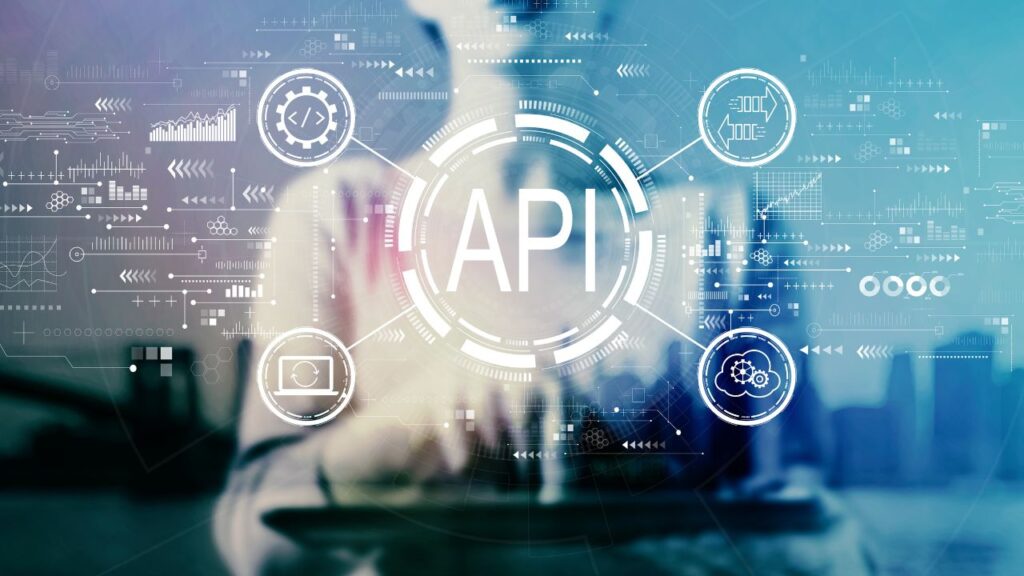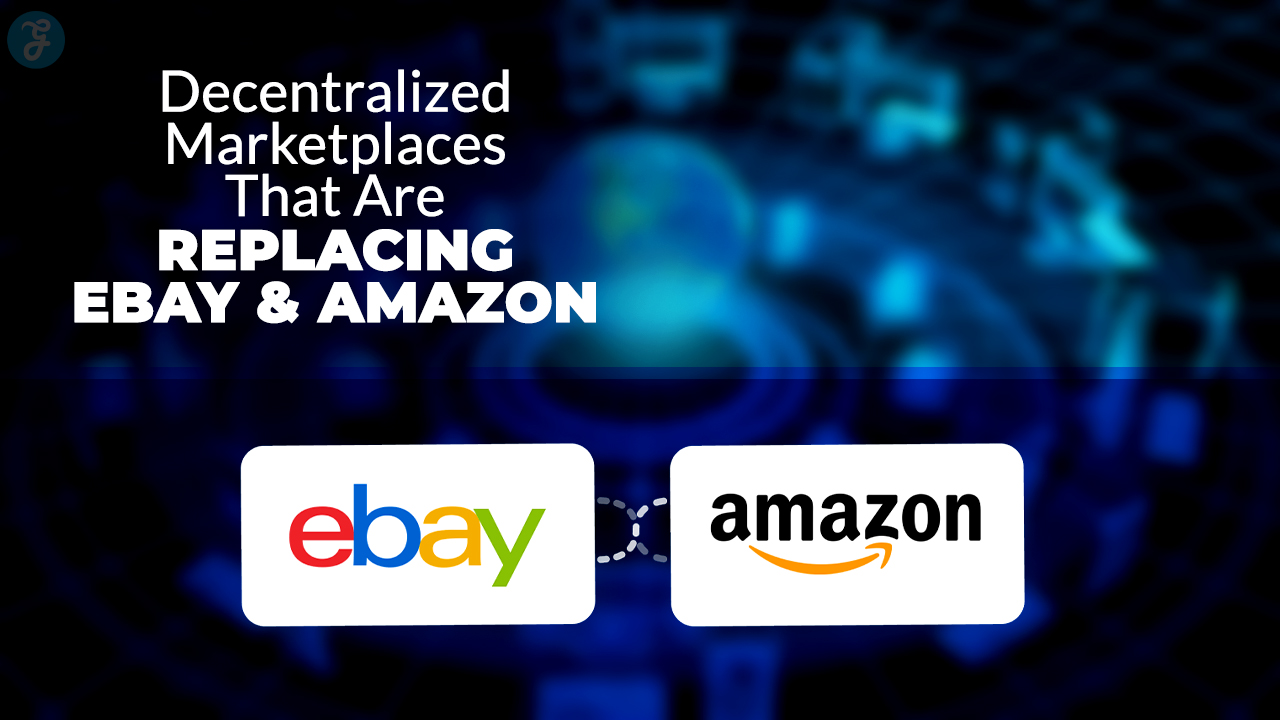When it comes to a loan automation system, keeping the interface with a wide range of financial systems smooth is vital. A significant part of this integration is secure APIs, which help in safely exchanging information among various platforms.
As the digital lending world is continuously changing, developing powerful APIs has become one of the fundamental points in loan software integration. SparkLMS offers robust API integrations that seamlessly connect with third-party tools for a smooth lending experience. Its flexible architecture ensures lenders stay ahead in the evolving digital ecosystem.
Role of APIs in Loan Automation System
APIs act as the link between White Label Lending Platforms and other financial systems, which allows apps to interact with each other and exchange information in real time. The usability of these interfaces is important in the automation of loan processing, customer verification, credit scoring, and other important functions.
However, with the added connectivity of APIs comes the added risk of security. Hence, designing safe APIs is important for protecting sensitive financial information and earning the trust of both borrowers and lenders.
Important Considerations for Developing Secure APIs
Before developing secure APIs that integrate well with lending software, you must consider some important points.
Authentication and Authorization
Authentication makes sure that only authorized users can get access to the API and authorization determines how much access they will get. Adoption of effective authentication methods, such as the OAuth2 protocol and multi-factor authentication is of utmost importance in lending software.
Furthermore, by applying the role-based access control (RBAC) approach, it is possible to restrict and protect data from being accessed by unauthorized users.
Data Encryption
Data encryption is a fundamental aspect of API security in lending software. Developers can protect sensitive data by encrypting information at rest and in transit. This helps keep the data safe from unauthorized parties.
Using HTTPS for data transmission and encrypting the data with a robust algorithm like AES-256 can lead to a substantial boost in the data security of the API systems of the loan software integration.
Input Validation and Sanitization
APIs are often subject to injection vulnerabilities such as SQL injection and cross-site scripting attacks, which can expose the lending software to security breaches. To protect against injection attacks, developers need to validate and sanitize all inputs to their APIs. When all inputs coming from the user are validated and sanitized, the risk related to the potential execution of malicious code via an API is minimized.
Throttling and Rate Limiting
Throttling and rate limiting are two key mechanisms companies use to prevent the abuse or excessive use of their APIs in lending software. By restricting the number of API calls that can be made in a given time period, businesses can not only protect their systems from denial-of-service or DoS attacks but also ensure that scarce resources are efficiently utilized. Furthermore, rate limiting and throttling can help with the discovery of unusual activity and can be employed to quickly respond to such abuses.
Regular Security Audits and Penetration Testing
Security is an evolving process, and conducting security audits is crucial for maintaining the security of APIs used in lending software. Security audits help companies find issues while penetration testing helps management simulate attacks and check the strength of their APIs. Regularly examining and updating security processes allows developers to remain ahead of new problems that can threaten commercial finance software.
Best Practices for API Security in Automated Loan Origination System
Developers should use several best practices when developing APIs to make sure that the digital lending solutions have the highest level of security.
Implementing API Gateways
API gateways are the middlemen between a client and an API that provide security benefits such as authentication, rate limiting, and data caching. Setting up and maintaining an API gateway makes it easier for developers to standardize the security of their APIs, thus reducing vulnerability exposure.
Using Secure API Keys
API keys are used to authenticate and identify API requests, and they need to be protected. Developers should store API keys securely in environment variables, secure vaults, and not hardcoded in the source. Additionally, API keys should be rotated regularly and revoked when they are no longer in use to minimize exposure.
Monitoring and Logging
Monitoring API activity is essential to understanding and responding to security problems when integrating lending software with APIs. By monitoring the usage of APIs, developers can catch abnormal patterns of activity that might indicate an attack. Logging of API access provides forensic data that can be used in the future for security improvements.
Takeaways
As lending software modernizes, the need for secure APIs will also increase. The financial systems are getting more complex, the cyberattacks are getting more sophisticated, and the security of the APIs needs to be addressed at every stage of their development.
By incorporating best practices in their designs and staying up to speed with the cyber threats, the developers must aim to build highly robust and secure APIs for the integration of auto loan software when the stakes are higher. SparkLMS is an advanced loan automation system designed to streamline the entire lending process.
From application to repayment, it ensures fast, accurate, and paperless loan management. Lenders benefit from real-time insights, automated workflows, and reduced operational costs.
SparkLMS simplifies API integration for lenders with built-in security and scalability. Its robust architecture supports encrypted data exchange and real-time syncing. With seamless third-party tool connectivity, it ensures smooth lending automation. SparkLMS empowers lenders to stay secure, agile, and compliant in a digital-first world.







































